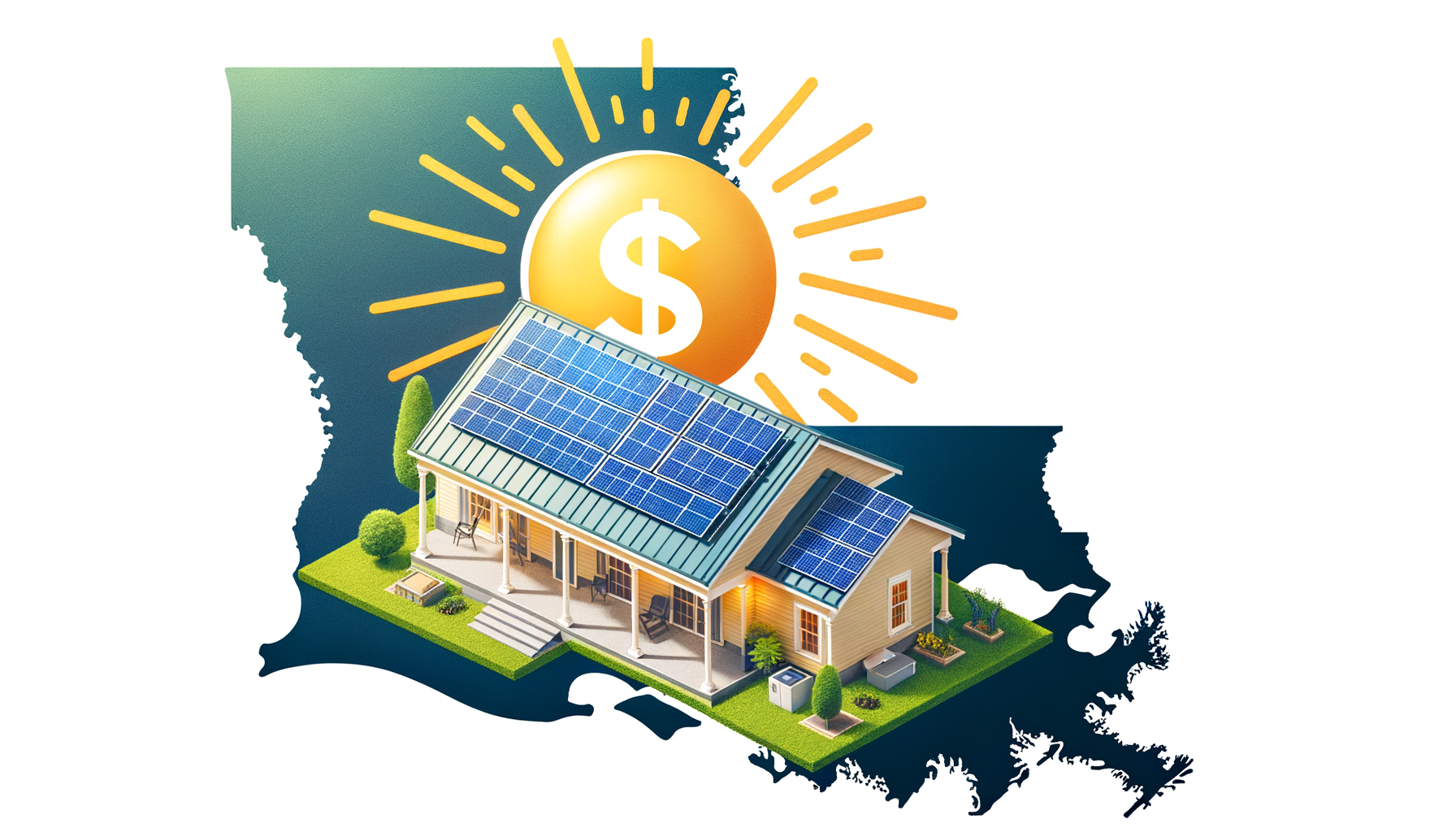Unlocking the Power: Energy Output of a 6.6 kW Solar System

Updated 7 months ago
Unlocking the Power: Energy Output of a 6.6 kW Solar System
As the world leans more towards renewable energy, solar power stands out as a sustainable and cost-effective option. In particular, a 6.6 kW solar system has become a popular choice for residential properties, but how much energy can it actually produce?
Understanding the energy output of a 6.6 kW solar system is essential for homeowners considering going solar. This solar system size is often seen as the sweet spot – large enough to cover a significant portion of energy consumption, yet still affordable and manageable.
How Solar Energy Output is Measured
Before diving into the specifics, it's important to recognize how solar energy production is quantified. Solar panel output is typically measured in kilowatts (kW) and the energy they produce over time is denoted in kilowatt-hours (kWh). A kW is a snapshot of power at any given moment, while a kWh is that power stretched over time.
Factors Affecting A 6.6 kW Solar System's Output
The actual amount of electricity a 6.6 kW system will generate depends on several variables, such as geographic location, rooftop orientation, shading, panel efficiency, local climate, and the angle at which the panels are installed.
Geographic Location
The position of your home has a paramount impact on solar power collection. Locations closer to the equator enjoy more direct sunlight year-round, which facilitates more energy production.
Rooftop Orientation and Angle
For optimal energy production, solar panels should be installed where they can receive the maximum sunlight daily. In the U.S., this typically means panels should face south at an angle that equals the latitude of the location to capture sunlight efficiently.
Efficiency of Solar Panels
Not all solar panels are created equal. Panel efficiency, defined by how effectively a panel converts sunlight into electricity, plays a significant role in the system's overall output. High-efficiency panels, while pricier, can produce more power in the same space over time.
Local Weather
Sunny days translate to more solar production, while overcast conditions can decrease output. However, modern solar systems are quite efficient and can still generate electricity on cloudy days, albeit at reduced levels.
Estimating A 6.6 kW System's Energy Production
To estimate the average energy production of a 6.6 kW solar system, we start with the peak sun hours – the average number of hours per day when the solar irradiance averages about 1000 watts per square meter. For instance, a region with an average of 5 peak sun hours can expect:
6.6 kW x 5 hours = 33 kWh/day (on average)
This number can fluctuate with the seasons, with longer days in the summer providing more potential for energy production. Typically, such a system could generate about 1,000 kWh per month, but this figure varies greatly with the aforementioned factors.
What Does This Energy Production Mean for You?
The energy generated by a 6.6 kW solar system can significantly offset your home's electricity usage. If the average American home consumes about 877 kWh per month, a system of this size could cover most, if not all, of your electricity needs, provided your home is suitable for solar and you live in a region with an adequate sun hours average.
Moreover, this can translate into substantial savings on your electricity bill and reduce your carbon footprint, contributing to an eco-friendlier way of living.
Net Metering and Unused Energy
Many regions offer net metering, where excess energy produced by your solar panels is fed back into the grid. You then receive credits on your utility bill for this contribution, further enhancing your savings.
Installation and Maintenance Factors
When considering the switch to solar, include the cost of installation and ongoing maintenance in your financial planning. While there are initial costs, these are typically offset by the savings in utility bills over time. Plus, solar panel systems are known for their longevity and low maintenance needs.
Conclusion
A 6.6 kW solar panel system is capable of producing significant electricity to power a home, foster energy independence, and save money in the long run. To understand the specific benefits for your particular situation:
Choosing to adopt solar energy for your home is a substantial and rewarding decision. Assessing the potential output and savings associated with a 6.6 kW system is a smart starting point to your solar journey. Remember, the value of solar isn't just in the kilowatts—it's in the global movement towards a more sustainable and responsible energy future.


Remember, solar power is not a one-size-fits-all solution. The ultimate key to unlocking the full potential of your system lies in a personalized approach—tailoring your solar solution to your unique energy needs and environmental conditions.
Let's embark on this renewable journey together, moving towards a cleaner, brighter future for all. Calculate your solar savings today and take the first step towards energy independence!




